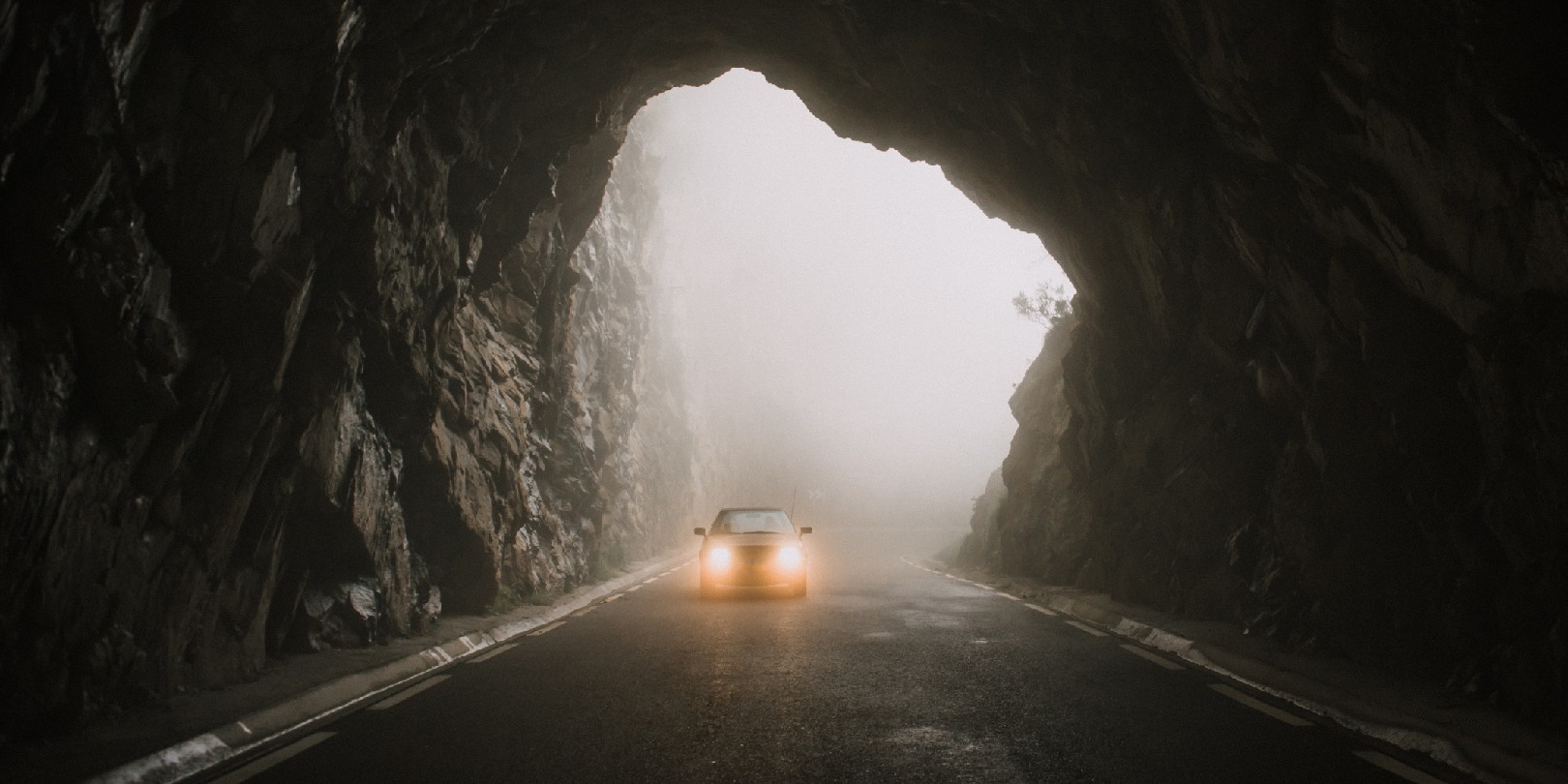How To Turn On Fog Lights and When To Use Them

You are driving down a foggy street, trying to navigate through the thick mist. Suddenly, you realize that you can barely see the road ahead of you, and your regular headlights just aren’t cutting it. This is where fog lights come in. Fog lights are specifically designed to help drivers see in low-visibility conditions like fog, heavy rain, or snow. But when should you use them, and how do you turn them on? In this blog post, we will go over everything you need to know about using fog lights so that you can stay safe and confident on the road.
Fog Lights vs. Headlights
Regular headlights tend to reflect off the moisture from fog, rain, and snow, causing the light to bounce back at the driver and making it more difficult to see. Fog lights, however, are designed to cut through these weather conditions without creating glare. Your vehicle should have a set of fog lights in the front to help you see, as well as a set in the back to make it easier for other cars to see you when approaching.
How to Turn on Fog Lights
Most modern cars have a dedicated fog light switch or button that is located on the dashboard or steering column. Fog light controls are usually labelled with a symbol that looks like a headlight with a wavy line going through it to represent fog. Depending on your car’s make and model, the fog light control could be in the form of a button, switch, or dial. To turn on the fog lights, simply locate the control and click it into place. Some cars also have automatic fog lights that turn on when the vehicle’s sensors detect low visibility conditions.
When to Use Fog Lights
In Foggy or Hazy Conditions
Fog lights are specifically designed to help drivers see in foggy or hazy conditions. In these types of conditions, traditional headlights can reflect the light back at the driver, creating a “wall of light” that makes it even more difficult to see. Using your car’s fog lights instead of its regular headlights will help improve visibility and reduce glare in this environment.
In Heavy Rain
Fog lights can also be useful in heavy rain or other weather conditions where visibility is reduced. The low, wide beam cast by your car’s fog lights won’t reflect off of the rain and will prevent glares, helping to illuminate the road and making it easier for drivers to see.
In Snow or Ice
In snowy or icy conditions, fog lights can help drivers see the road ahead and improve visibility greatly. Similar to fog, snow and ice can sometimes cause the light emitted by regular headlights to reflect back at the driver. Fog lights are designed to decrease this possibility and reduce glare. They can also help other drivers see your vehicle on the road, reducing the risk of accidents.
When Not to Use Fog Lights
While fog lights can be useful in certain weather conditions, there are also situations where they should not be used. Carefully read through the following situations where using fog lights can actually be dangerous.
In Clear Conditions
Fog lights are not intended for use in clear weather conditions. Using them in clear conditions can create glare for other drivers, making it difficult for them to see the road ahead and potentially causing accidents.
On Highways
You should not use your vehicle’s fog lights on highways or other well-lit roads. Using them on highways can be distracting for other drivers and reduce their visibility, creating a hazard on the road.
In Urban Areas
Fog lights should not be used in urban areas. Cities and busy streets typically have many lights and surfaces that when mixed with fog lights, can create glare and dangerously affect the visibility of yourself and other drivers.
Conclusion
Fog lights can be a useful tool for improving visibility in specific weather conditions such as fog, heavy rain, or snow. However, they should not be used in clear conditions or on well-lit roads. Knowing when to use fog lights and when not to can help improve safety on the road and reduce the risk of accidents.